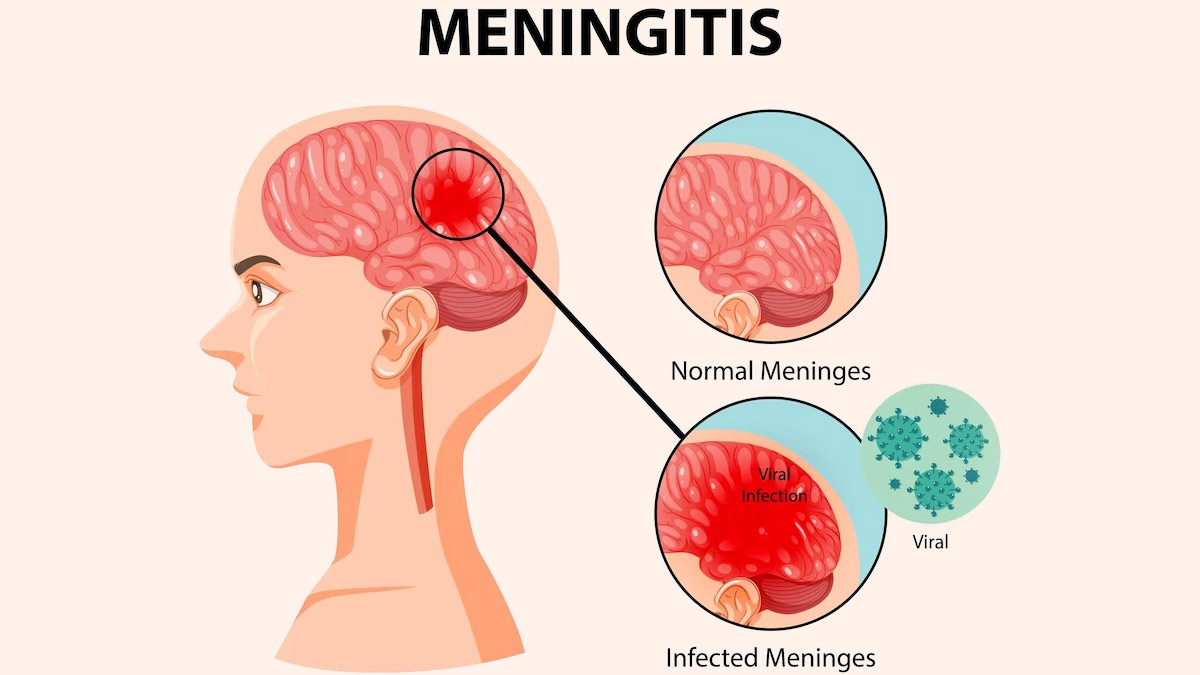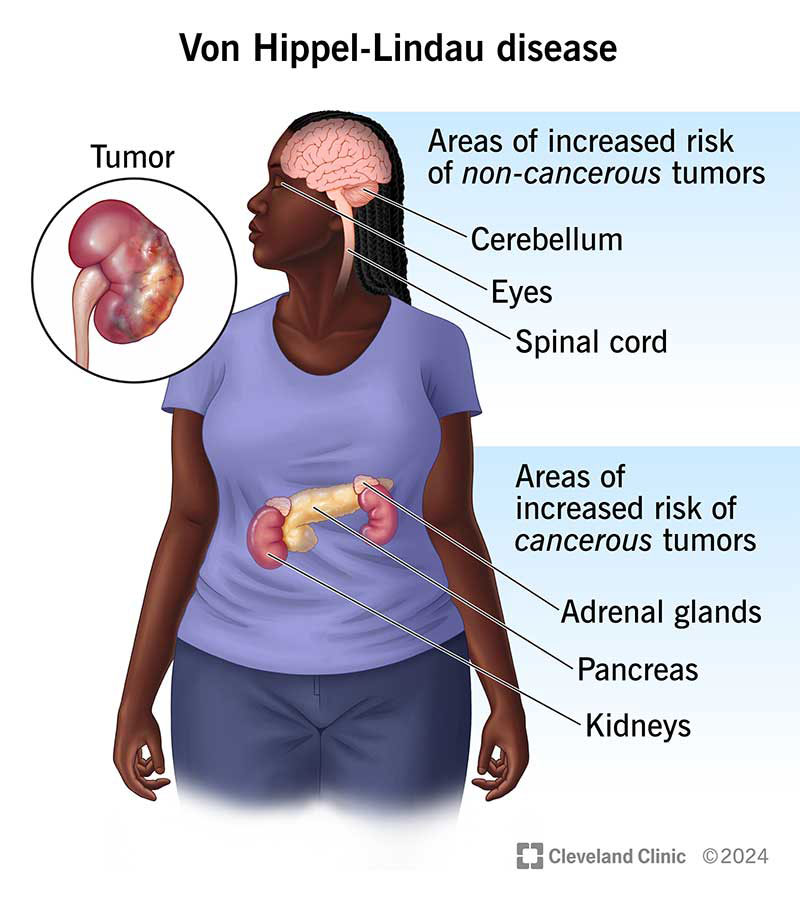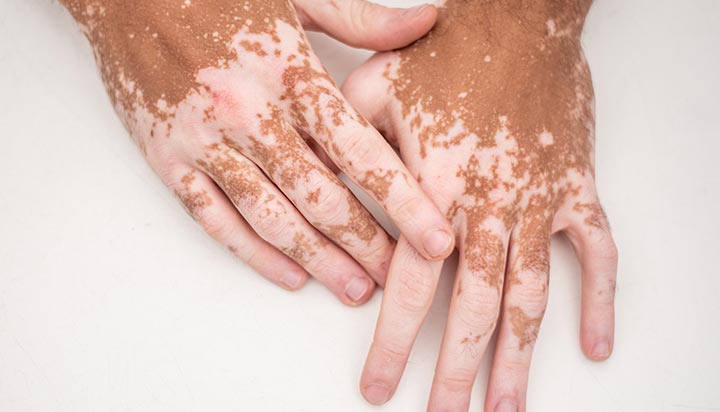Nursing Paper Example on Yellow Fever
Nursing Paper Example on Yellow Fever
(Nursing Paper Example on Yellow Fever) Yellow fever is a viral hemorrhagic disease transmitted primarily by Aedes and Haemagogus mosquitoes. Known for its high mortality rate and potential to cause outbreaks, yellow fever remains a significant public health concern in tropical regions of Africa and South America. This overview examines yellow fever’s etiology, symptoms, transmission, pathophysiology, diagnosis, treatment, prevention, and complications.
Causes and Transmission of Yellow Fever
Yellow Fever Virus
Yellow fever is caused by the yellow fever virus, an RNA virus belonging to the Flavivirus genus and the Flaviviridae family. This genus also includes other viruses such as dengue, Zika, and West Nile viruses. Yellow fever virus is an arbovirus, meaning it is transmitted through arthropods, particularly mosquitoes, to humans. It originated in Africa and spread through travel and trade, especially during the colonial period, contributing to global outbreaks (Centers for Disease Control and Prevention [CDC], 2023).
Transmission Cycle
Yellow fever spreads through the bite of infected mosquitoes, primarily the Aedes aegypti species in urban settings and Haemagogus species in jungle or forested areas. Transmission cycles include:
- Sylvatic Cycle: In this cycle, yellow fever is transmitted between non-human primates (monkeys) and mosquito species in jungle environments. Human infection occurs when individuals enter these habitats and get bitten by infected mosquitoes.
- Intermediate Cycle: This occurs in areas where humans and primates live in proximity, often in rural or village settings. Mosquitoes infected by primates can spread the virus to humans, leading to localized outbreaks.
- Urban Cycle: In highly populated urban areas, Aedes aegypti mosquitoes can spread the virus from human to human, leading to significant outbreaks. This cycle is especially concerning due to its potential for rapid spread (World Health Organization [WHO], 2023).
Signs and Symptoms of Yellow Fever
The incubation period of yellow fever is generally three to six days. Symptoms range from mild to severe and can progress through different stages.
- Early Stage (Acute Phase): Initial symptoms include sudden onset of fever, chills, headache, back pain, muscle pain, nausea, vomiting, and weakness. These symptoms typically last three to four days.
- Toxic Phase: About 15% of cases progress to the toxic phase, characterized by more severe symptoms, including high fever, jaundice (yellowing of the skin and eyes), abdominal pain, vomiting (sometimes with blood), bleeding from the nose, mouth, eyes, or stomach, and organ failure, particularly affecting the liver and kidneys. This phase is highly fatal, with a mortality rate of up to 50% in severe cases (Johns Hopkins Medicine, 2023).
Pathophysiology of Yellow Fever
Upon infection, the yellow fever virus targets hepatocytes (liver cells) and Kupffer cells (liver macrophages), leading to direct viral damage and immune-mediated damage to the liver. The viral replication in liver cells results in apoptosis (cell death), which contributes to the development of jaundice, a hallmark sign of yellow fever. Furthermore, the virus affects endothelial cells lining blood vessels, leading to hemorrhagic symptoms. A high viral load in the blood exacerbates the body’s immune response, causing a cytokine storm, which can lead to multi-organ failure in severe cases (McNeill et al., 2021).
Diagnosis of Yellow Fever
Laboratory Testing
Diagnosis of yellow fever is essential during outbreaks. Diagnostic methods include:
- Serology (IgM and IgG antibodies): Detection of specific antibodies against yellow fever virus in the blood helps confirm recent or past infection. Serological tests like enzyme-linked immunosorbent assays (ELISA) detect IgM antibodies, which typically appear within seven to 10 days after infection.
- Reverse Transcriptase Polymerase Chain Reaction (RT-PCR): RT-PCR detects the virus’s genetic material in blood samples. This test is most effective in the early stages of infection when the viral load is high.
- Liver Biopsy (in postmortem cases): Histopathology of liver tissues can reveal characteristic signs of yellow fever infection, such as midzonal necrosis without inflammation, which is pathognomonic for yellow fever (WHO, 2023).
(Nursing Paper Example on Yellow Fever)
Treatment and Management of Yellow Fever
Yellow fever has no specific antiviral treatment. Management focuses on supportive care and alleviating symptoms.
- Hydration and Electrolyte Balance: Fluids and electrolytes are administered to maintain hydration and prevent dehydration, especially in patients experiencing high fever and vomiting.
- Pain and Fever Management: Paracetamol is commonly used to manage pain and fever, as aspirin and nonsteroidal anti-inflammatory drugs (NSAIDs) are avoided due to bleeding risks.
- Close Monitoring for Organ Failure: For severe cases, monitoring liver and kidney function is essential, and advanced medical support may be necessary, including renal replacement therapy if kidney failure occurs.
In cases of severe bleeding, blood transfusions may be required. Isolation of patients is also recommended to prevent further spread of the virus within healthcare settings (CDC, 2023).
Prevention of Yellow Fever
Yellow Fever Vaccine
Vaccination is the most effective method of preventing yellow fever. The yellow fever vaccine is a live-attenuated vaccine that provides lifelong immunity in most individuals after a single dose. Immunization campaigns in endemic regions have reduced yellow fever incidence significantly.
The yellow fever vaccine is recommended for:
- Individuals aged nine months or older in endemic regions.
- Travelers to areas where yellow fever is endemic, as some countries require proof of vaccination for entry.
- Outbreak response and control measures during epidemics to create herd immunity in affected areas.
Vector Control Measures
To reduce mosquito populations, vector control strategies such as insecticide spraying, removing stagnant water sources, and encouraging the use of mosquito repellents and bed nets are recommended. These measures aim to minimize human exposure to mosquitoes, especially in areas where vaccination coverage may be low or outbreaks are active (WHO, 2023).
Complications and Prognosis of Yellow Fever
Yellow fever can lead to life-threatening complications, especially in cases that progress to the toxic phase. Complications may include:
- Liver Failure and Jaundice: Liver failure is a severe consequence of yellow fever, as the virus directly targets liver cells. Jaundice is a prominent clinical feature that indicates liver dysfunction.
- Kidney Failure: Renal impairment is common in severe cases, often necessitating dialysis or renal replacement therapy.
- Hemorrhage and Shock: Due to vascular damage and coagulopathy, patients may experience significant bleeding, leading to shock.
- Multi-Organ Failure and Death: Multi-organ dysfunction due to widespread viral replication and immune response can be fatal. The case fatality rate among individuals in the toxic phase can reach up to 50% (Johns Hopkins Medicine, 2023).
The prognosis for yellow fever varies depending on the severity of the infection and access to supportive care. While mild cases often resolve with proper management, severe cases carry a high risk of mortality without adequate medical support.
Conclusion
Yellow fever remains a severe and sometimes fatal disease with no specific antiviral treatment. Prevention through vaccination and vector control is essential in endemic areas and for travelers. Surveillance, rapid diagnosis, and supportive care play critical roles in managing outbreaks and reducing mortality. Continued efforts toward vaccination coverage, coupled with vector control, are essential to control yellow fever’s public health impact.
References
Centers for Disease Control and Prevention. (2023). Yellow fever. https://www.cdc.gov/yellowfever
Johns Hopkins Medicine. (2023). Yellow fever. https://www.hopkinsmedicine.org/health/conditions-and-diseases/yellow-fever
McNeill, J., Peters, A., & Walker, D. (2021). Pathophysiology of yellow fever and clinical implications. Tropical Medicine and Infectious Disease, 6(2), 98-105. https://doi.org/10.3390/tropmed6020098
World Health Organization. (2023). Yellow fever: Key facts and prevention. https://www.who.int












